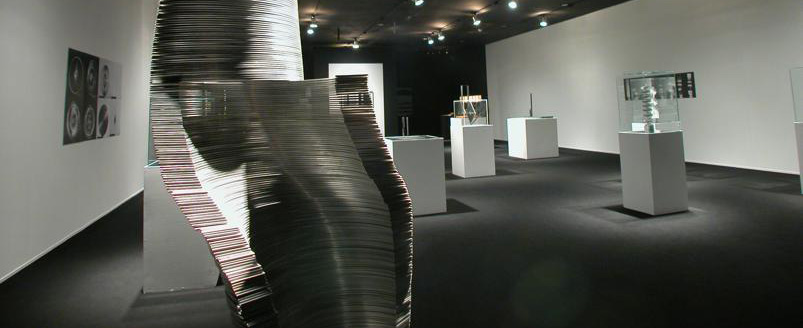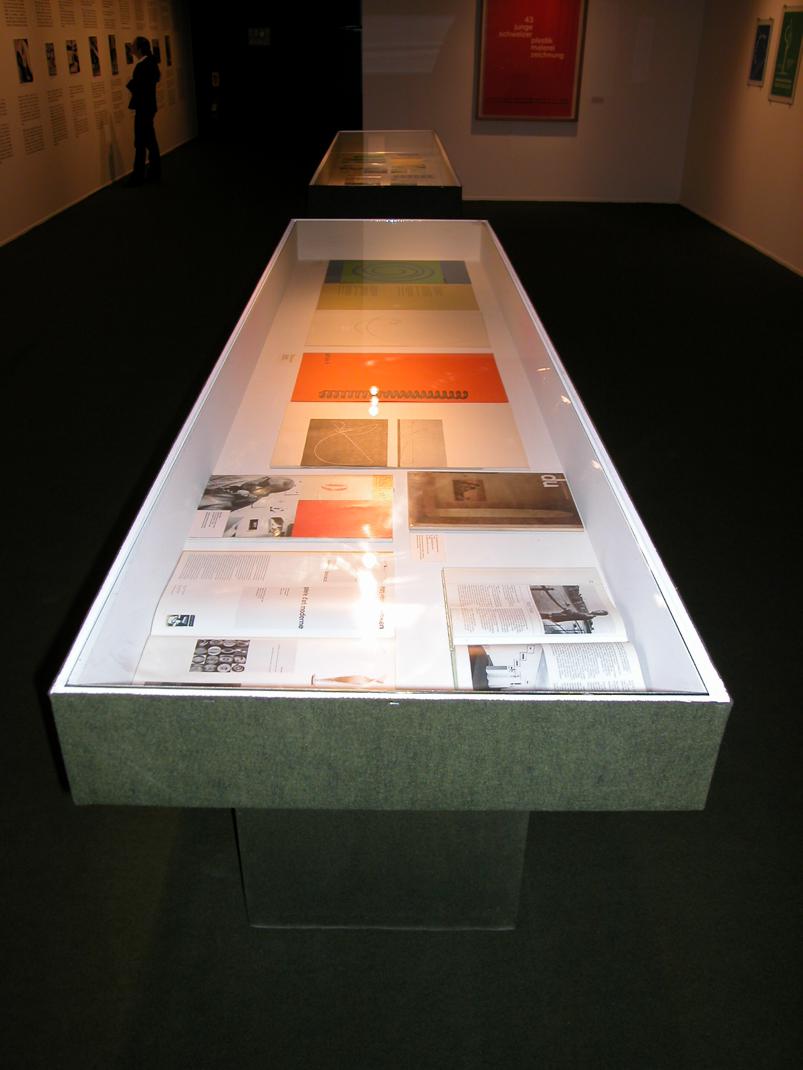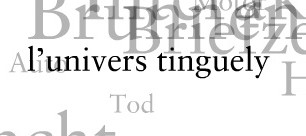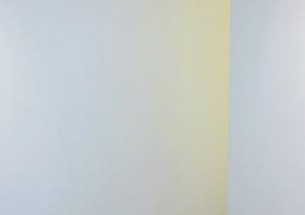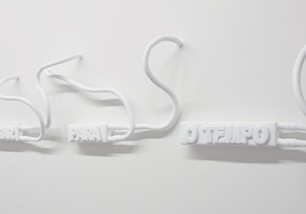
Mary Vieira. O tempo do movimento
Relying on the consultancy and endorsement of the Isisuf, Istituto Internazionale Studi sul Futurismo, and Denise Mattar as the curator, Banco do Brasil Cultural Center presents the Mary Vieira – O Tempo do Movimento exhibition. For the first time in Brazil, a significant collection of sculptures, silk-screen prints, maquettes, and photographs is gathered to draw an aesthetic outline of the artist from the onset of her career in Brazil, in the late 1940’s, till 2001, the year of her passing in Europe.
From the days of her academic background onward, Mary Vieira embarks upon a journey of profound innovation based on the synthesis of concrete art with a new emphasis on viewer participation to create an aesthetic experience through multiple shapes. By means of time and movement, Vieira develops a poetics of international worth. Moving to Switzerland in 1951, after the years of her Brazilian learning, the artist develops an original and coherent path of her own, and is now recognized all over Europe as one of kinetic art’s most significant representatives.
Most art pieces in the exhibition come from the Belloli-Vieira Archive, entrusted to Milan’s ISISUF, Istituto Internazionale Studi sul Futurismo, which also carries its research, evaluation and authentication work on the artist’s oeuvre. A general catalog of Mary Vieira’s oeuvre is currently being compiled. This main body was further enhanced by portions of collections from Switzerland and Brazilian institutions such as Rio de Janeiro’s Museum of Modern Art (the Gilberto Chateaubriand Collection), FAAP’s Museum of Brazilian Art, and São Paulo’s Museum of Modern Art.
Welcoming visitors to the entrance hall is Rubens Richter’s film on the Polyvolume: Meeting Point (1970), located in Brasília’s Itamaraty Palace. It is a 1970 documentary supervised by Mary Vieira herself to be screened in the Venice Biennual. The film shows the sculpture and demonstrates how its infinite interactions offer opportunities for an interactive and co-creative experience.
The 2nd floor gathers a series of sculptures, affording the public with the possibility of following along a historical development of the Mary Vieira aesthetics.
The 3rd floor is dedicated to an important selection of the artist’s monumental pieces. Mary Vieira exercised her aesthetic mastery on public squares and sculptures in Europe, mostly in Switzerland, and in Brazil.
The Basement features applied art pieces created by Mary Vieira, and an overview of her academic and theoretical experience. The artist dedicated herself to graphic design, thus winning international recognition. She lectured for over 30 years in Basel’s Higher School of Art and Technique, and developed urbanistic projects to insert her sculptures in public spaces.
25th of April – 3th of July 2005
Mary Vieira. O tempo do movimento
an Isisuf project curated by Denise Mattar
Centro Cultural Banco do Brasil,
rua 1º de março, 66 – 1º andar
20010-000 centro rio de janeiro RJ
